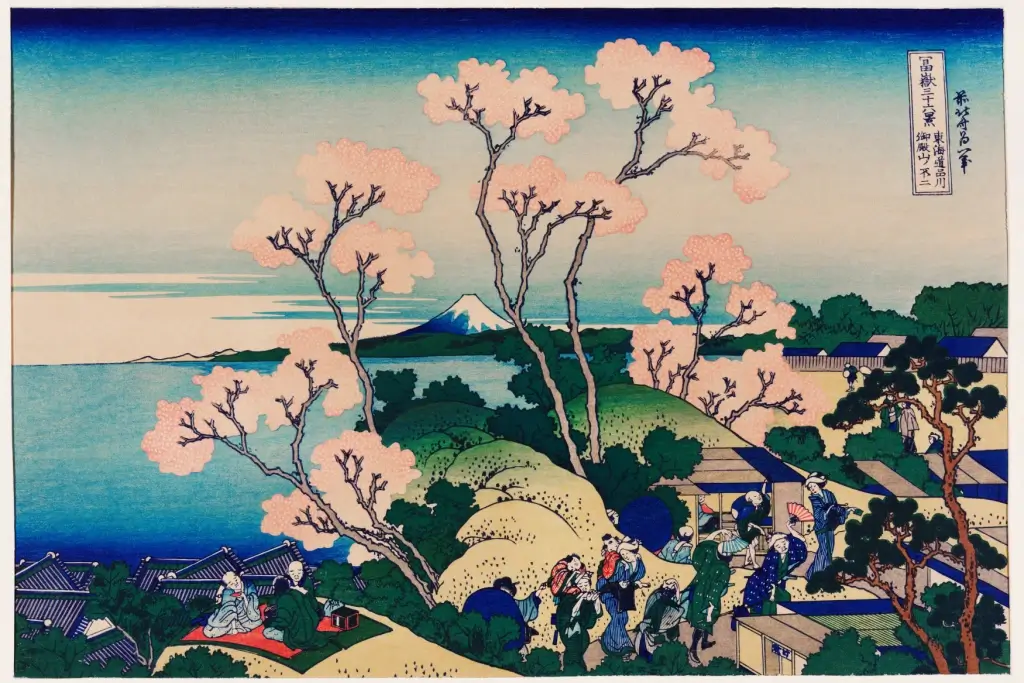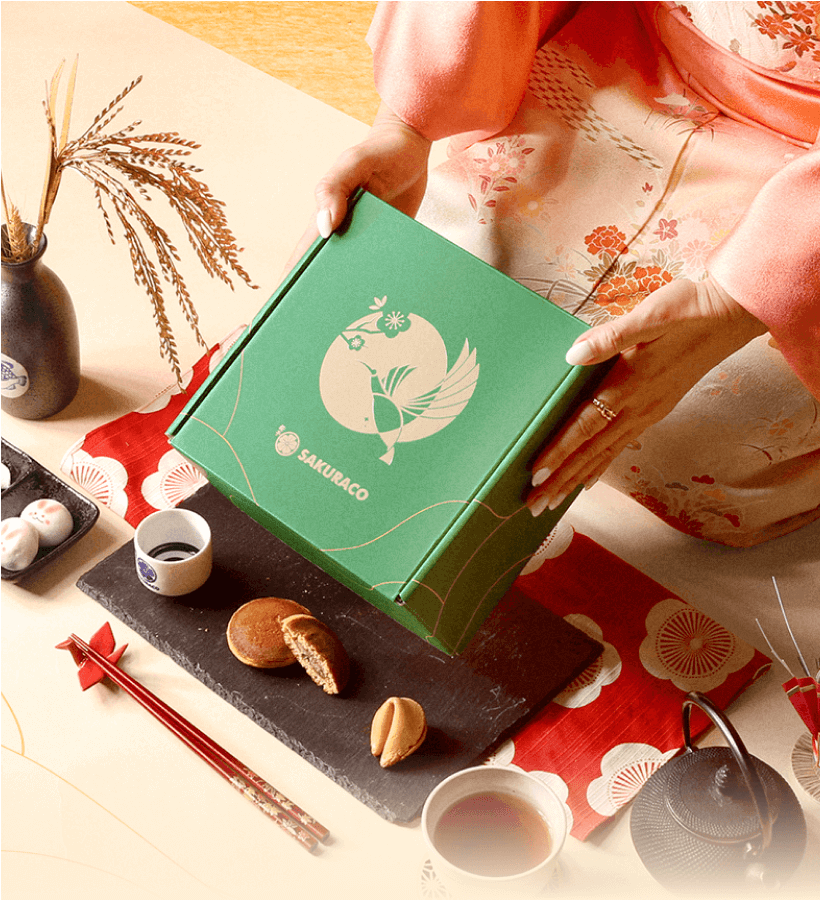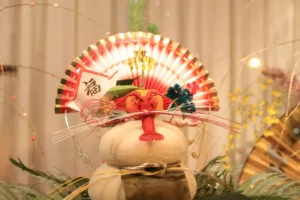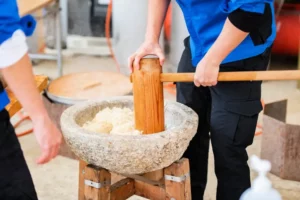Katsushika Hokusai is one of Japan’s most influential artists. He is known for his iconic woodblock prints and stunning depictions of nature. His famous works show his mastery of composition, color, and movement. Hokusai’s unique style combined traditional Japanese art with Western influences. His art inspires modern painters, designers, and even fashion brands.
Table of Contents
ToggleWho is Katsushika Hokusai?
Katsushika Hokusai was a Japanese artist famous for his woodblock prints. Born in 1760 in Edo, he started painting as a young boy and trained in the ukiyo-e style, which focused on scenes of daily life and nature. Hokusai produced thousands of prints, paintings, and book illustrations. Despite facing financial and personal hardships, he remained dedicated to his craft, creating some of his best work in his later years.
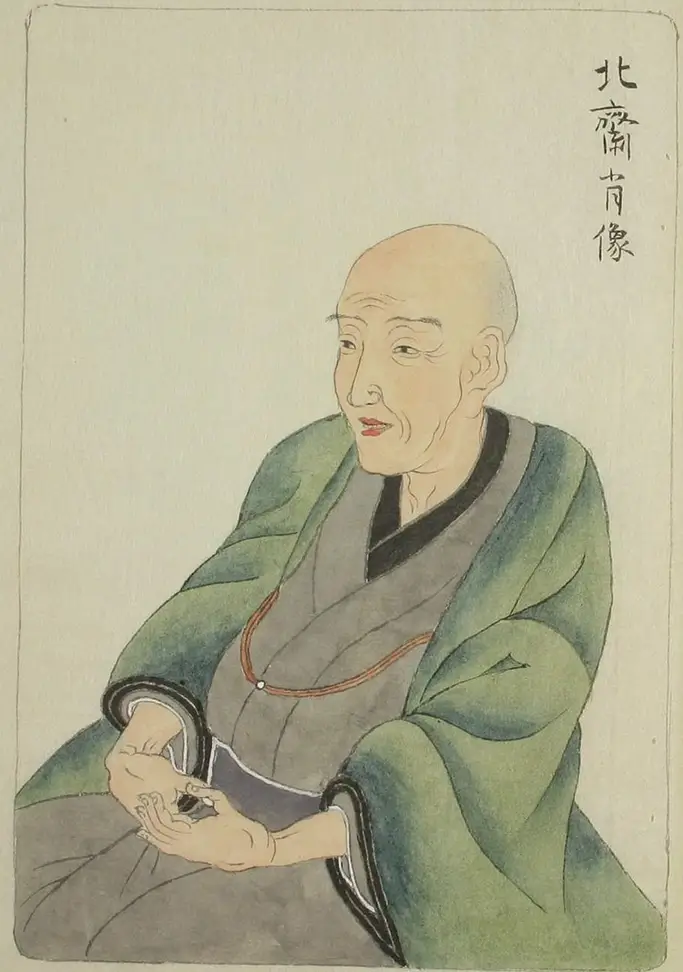
Hokusai’s biggest inspiration came from nature, especially Mount Fuji, which he depicted in his famous Thirty-Six Views of Mount Fuji series. He was also fascinated by waves, landscapes, and everyday people, capturing their beauty in bold, detailed designs. His work helped introduce Japanese art and influenced many Western artists, including Impressionists like Claude Monet.
The Great Wave off Kanagawa
The Great Wave off Kanagawa is Hokusai’s most famous woodblock print, created in the early 1830s. It shows a giant wave towering over three boats, with Mount Fuji in the background. The wave’s curved shape and strong lines create a sense of movement and power, making it one of the most recognizable artworks in the world. Hokusai used traditional Japanese and Western art techniques to make the scene more dramatic.
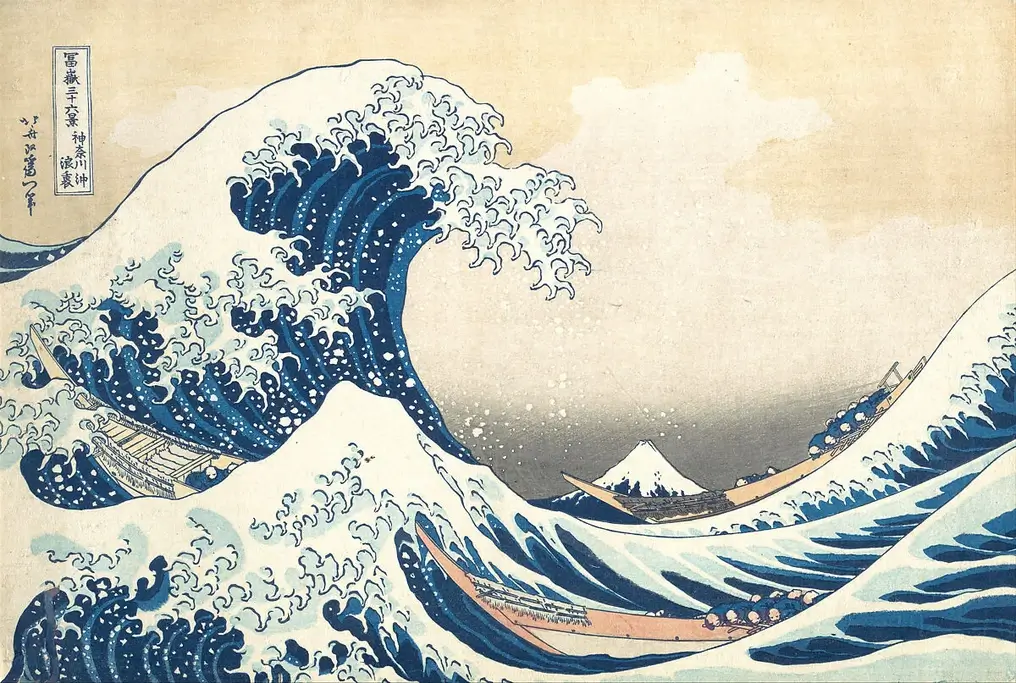
This artwork represents nature’s beauty and strength, showing how small humans are compared to the sea. Some experts believe the wave symbolizes the changing times in Japan, as the country was starting to open up to outside influences. The Great Wave became popular in Europe and inspired artists like Vincent van Gogh and Claude Monet. Even today, it influences modern art, fashion, and design.
Thunderstorm Beneath the Summit
Thunderstorm Beneath the Summit is a woodblock print created in the Thirty-Six Views of Mount Fuji series. The artwork shows a powerful thunderstorm striking the base of Mount Fuji, with dark clouds and bright lightning bolts creating a dramatic scene. The contrast between the peaceful, snow-covered peak and the storm below highlights nature’s unpredictable power.
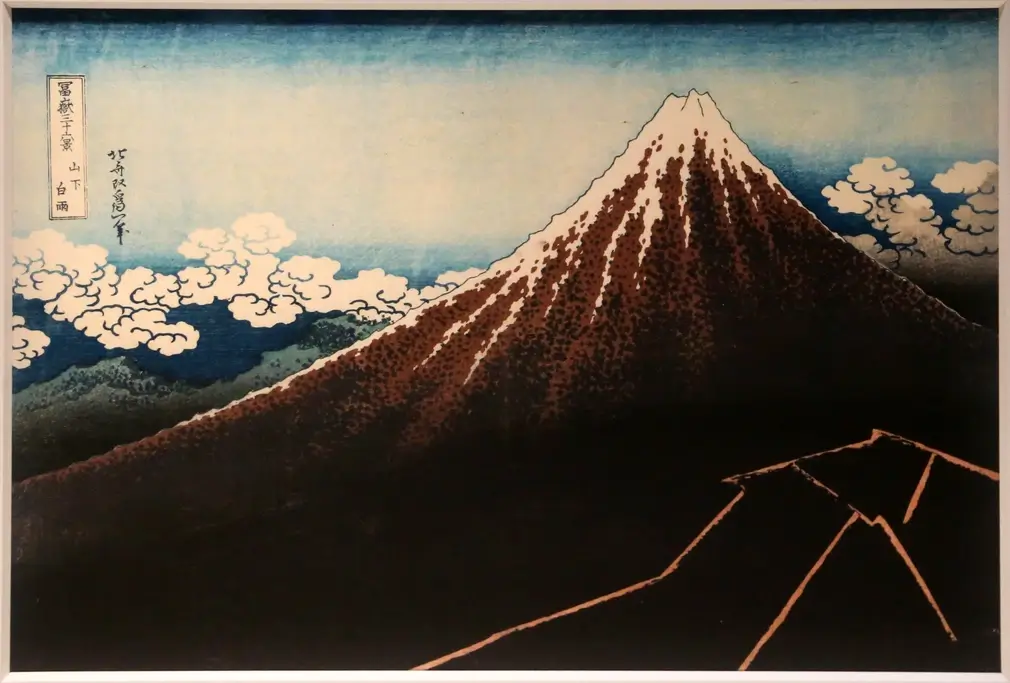
The print reflects Hokusai’s fascination with Mount Fuji, which he saw as a symbol of strength and spirituality. The storm may also represent people’s struggles, with Mount Fuji standing tall as a sign of endurance. Hokusai was a master of Japanese and Western art techniques, using perspective and shading to make the scene lifelike.
Fine Wind, Clear Morning
Fine Wind, Clear Morning is a famous woodblock print created as part of his Thirty-Six Views of Mount Fuji series. The artwork shows Mount Fuji glowing red under a clear blue sky, likely representing early morning in autumn. Hokusai used bold colors and simple shapes to create a striking and peaceful image. The contrast between the deep red mountain and the soft sky makes the scene feel calm yet powerful.
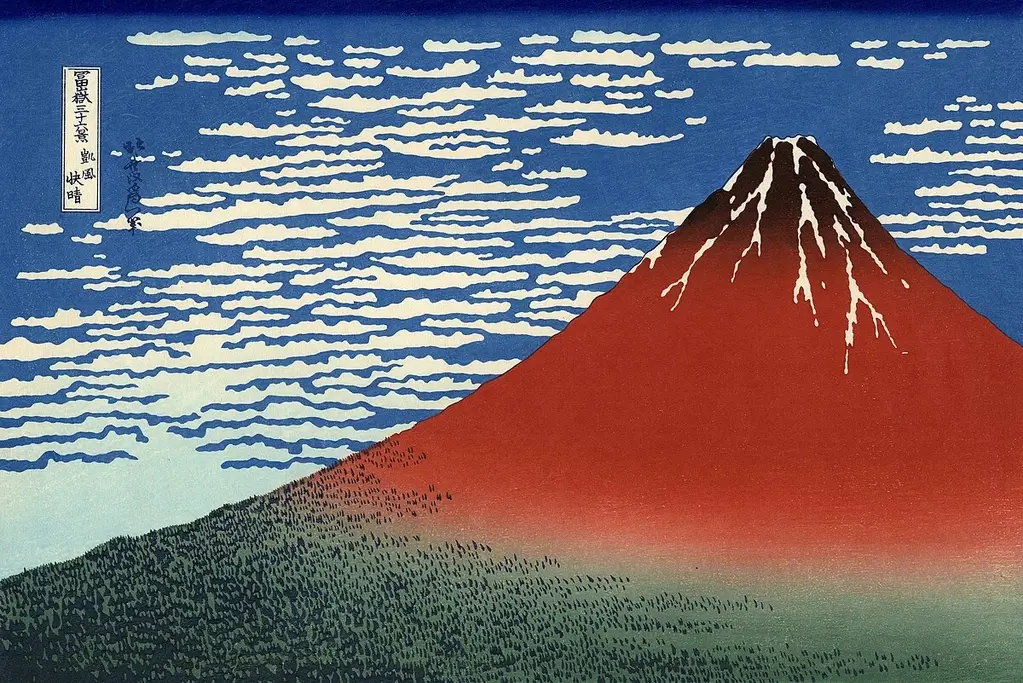
Hokusai was inspired by Mount Fuji’s changing appearance throughout the seasons and times of the day. This print is called Red Fuji because it vividly depicts the mountain. The print captures the beauty of nature in a minimalist yet detailed way, a characteristic of Japanese art. Fine Wind, Clear Morning remains one of Hokusai’s most admired works, symbolizing harmony and strength.
Are you looking for great snacks while enjoying your favorite Japanese paintings? Check out Sakuraco! Sakuraco delivers traditional Japanese snacks, sweets, tableware, and more from local Japanese makers right to your door, perfect for a pleasant snack time at home!
Tiger in the Snow
Tiger in the Snow is a painting that shows Hokusai’s talent beyond woodblock prints. The artwork features a tiger standing in a snowy landscape, with its body slightly curved and its fur detailed with bold brushstrokes. Hokusai was inspired by Chinese art, as tigers were not native to Japan, meaning he likely painted it from descriptions and other artworks. Despite this, the tiger looks full of life, with expressive eyes and a powerful stance.
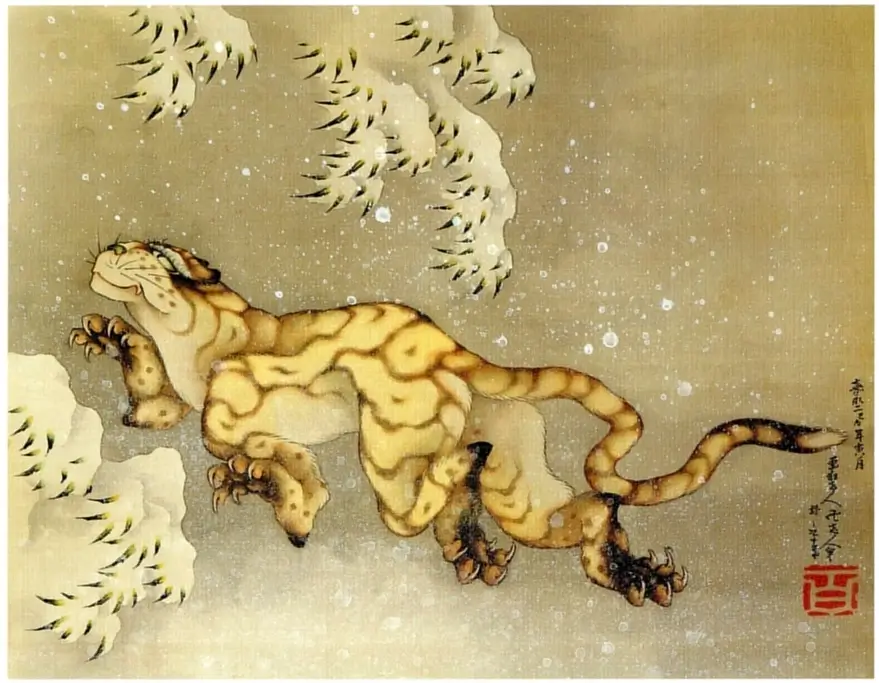
This painting reflects Hokusai’s love for nature and his art’s ability to capture movement and energy. The tiger, often seen as a symbol of strength and courage in Asian culture, represents power and resilience. Hokusai’s ink and shading techniques create depth, making the animal appear almost three-dimensional. Tiger in the Snow remains an impressive example of Hokusai’s skill and creativity, continuing to inspire art lovers today.
Why is Hokusai’s work still important today?
Hokusai’s art remains important today because it bridges the gap between traditional and modern styles. His innovative use of perspective, bold colors, and detailed compositions continue to influence artists worldwide. Many contemporary designers and illustrators still draw inspiration from his work, adapting his techniques to digital art, animation, and fashion. Additionally, his works remain symbols of Japanese culture and artistic excellence.
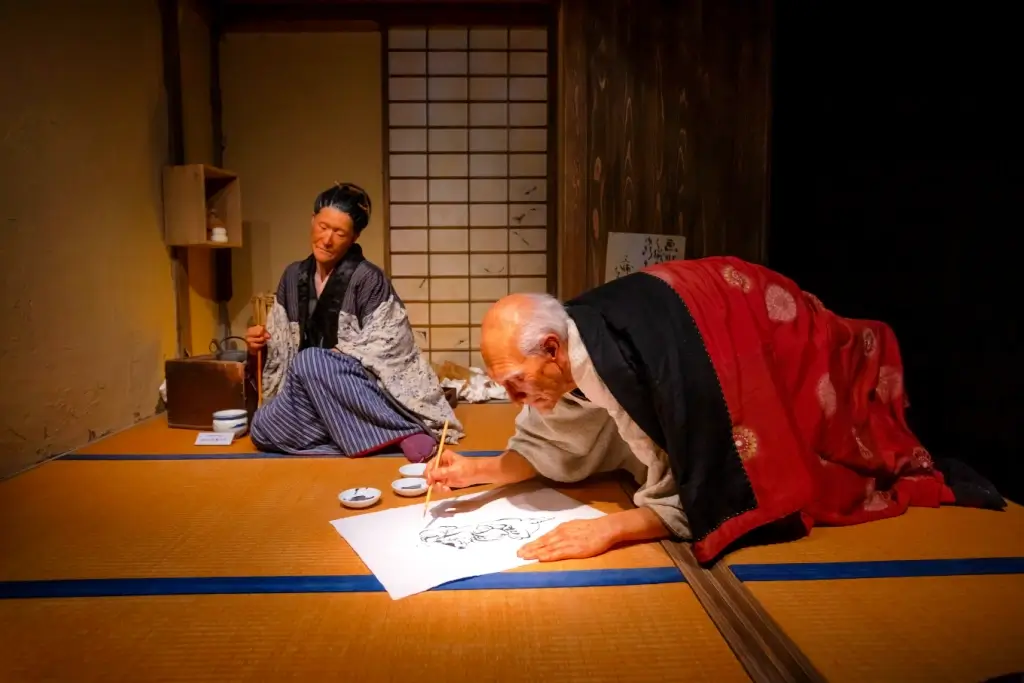
Hokusai’s work also holds historical significance, capturing Japan’s landscapes and daily life during the Edo period. His ability to blend storytelling with visual art set new standards in printmaking and illustration. Many museums and galleries worldwide feature his work, keeping his legacy alive. His art’s global impact helped shape movements like Impressionism, influencing painters such as Claude Monet and Vincent van Gogh. Have you ever seen any of Hokusai’s works? How did it make you feel? Let us know in the comments below!

